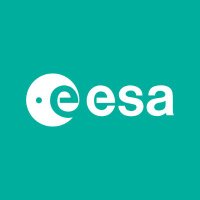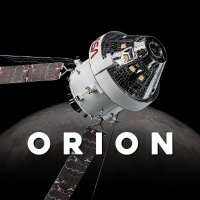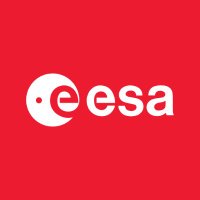
DLR - English
@dlr_en
We're the German Aerospace Center & are passionate about our research in #Energy #Transport #Aeronautics #Digitalisation #Space dlr.de/imprint @DLR_de
ID: 86070159
https://www.dlr.de/en 29-10-2009 13:45:43
13,13K Tweet
44,44K Followers
1,1K Following

Mercury in a new light! ✨ The DLR-built MERTIS on Bepi captured Mercury in mid-infrared wavelengths for the first time during BepiColombo’s fifth flyby. 🛰️ The observations provide information on the planet’s surface composition. ℹ️: dlr.de/en/latest/news…


The first images from the Copernicus EU #Sentinel1 C satellite are here! 📸 Svalbard 📸 Amsterdam and the region of Flevoland 📸 Brussels Fun fact: Brussels was the subject of the first radar image captured by Sentinel-1A in April 2014.







🌪️ Windy Wednesday 🌪️ A big paper from DLR - English Leonardo Airbus Space & European Space Agency "Performance of the UV laser transmitter during ESA’s Doppler wind lidar mission Aeolus" A groundbreaking achievement in Earth observation and space laser technology 🚨 opg.optica.org/ao/fulltext.cf…

Members of European Space Agency's Astronaut Reserve—Sara García Alonso 🇪🇸, Andrea Patassa 🇮🇹, Arnaud Prost 🇫🇷, Dr. Amelie Schoenenwald 🇩🇪, and Aleš Svoboda 🇨🇿—have completed their first training phase! Here’s what they’ve been up to: ✔️ Spacecraft systems and operations 🛰️ ✔️ Biology & lab skills for



Why is Earth’s closest neighbour, Venus, so different compared to our planet? 🤔 The ESA_Envision mission aims to answer this question by providing us with a holistic view of the planet, from its history to its activity & climate. Discover more 👉 esa.int/Science_Explor…

"On the lunar surface, astronauts and robots work hand in hand…" 🤖👨🚀 Together with Matthias Maurer and Thomas Pesquet, our robotics team put on a show at LUNA, European Space Agency and DLR - English's simulated lunar environment, showing us a glimpse of our future on the Moon 🌑blogs.esa.int/exploration/ma…



Spartan Space in cooperation with the European Space Agency conducted ergonomic trials to support the development of an airlock for a lunar surface habitat. The tests were carried out at the ESA- DLR - English "LUNA" Facility, a unique environment designed to simulate lunar surface conditions.


👋 Meet the team behind the ESA's EarthCARE mission Data, Innovation & Science Cluster (DISC). This international group of experts is working to ensure the best quality for all the different EarthCARE data products: earth.esa.int/eogateway/spot…






